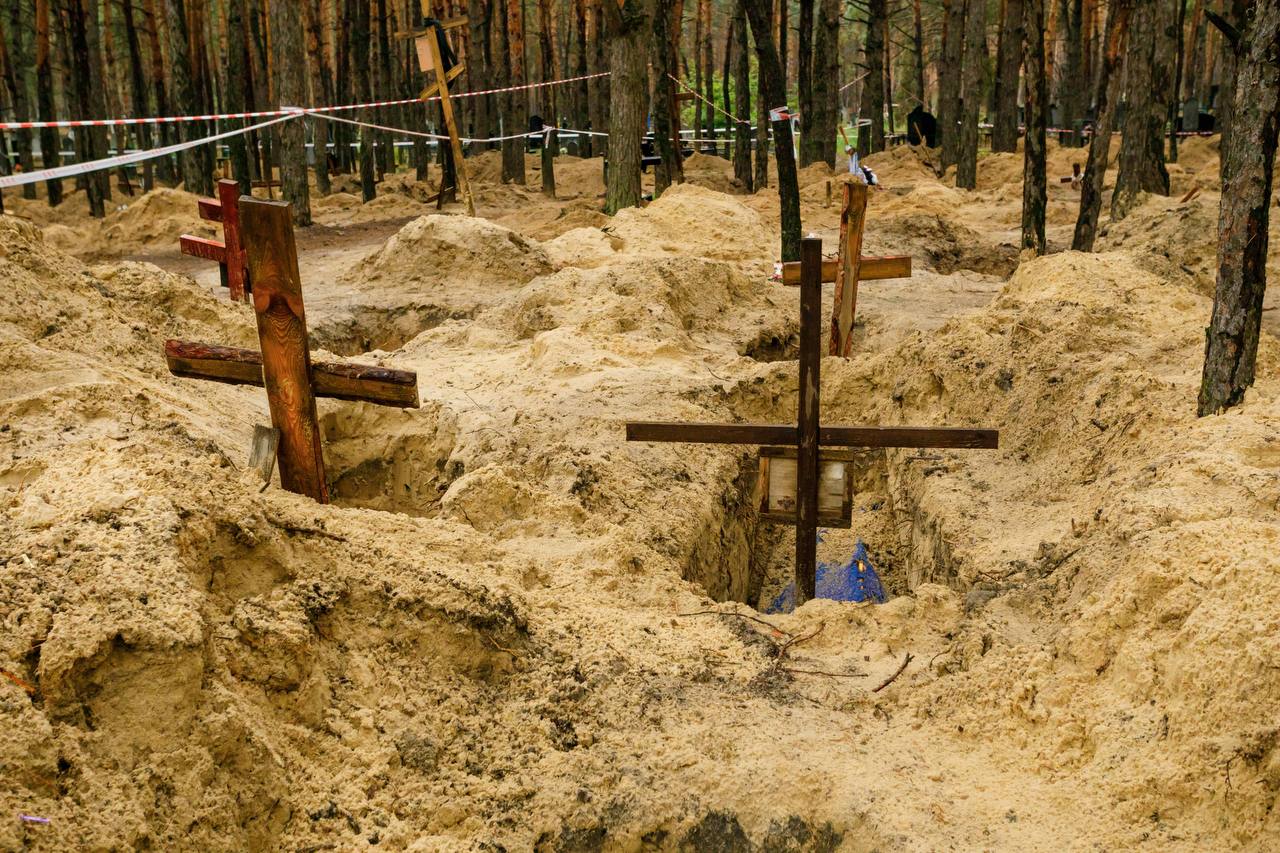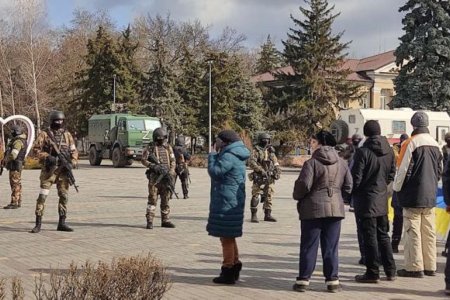
UN monitors have documented the summary execution of 72 men and 5 women whom the Russians had arbitrarily detained in Ukraine and are aware of another man who died in Russian custody as the result of torture or inhumane conditions. The real number of extrajudicial executions carried out by Russia since it began its full-scale invasion of Ukraine is undoubtedly much higher as the fate of many victims of enforced disappearances remains unknown, and the above figure does not include those whom the Russians executed on the spot.
The figure was reported on 27 June 2023 in the latest report by the Office of the United Nations High Commissioner for Human Rights (OHCHR), entitled Detention of civilians in the context of the Russian armed attack, 24 February 2022 – 23 May 2023. Since this report concentrates on all aspects of civilian detention, the authors do not go into detail and simply express grave concern over the summary executions of some hostages.
An earlier report from December 2022, however, gave more detail about Russia’s summary executions in those parts of the Kyiv, Chernihiv and Sumy regions that had been under Russian military control. By the end of October 2022, OHCHR had recorded the summary execution or fatal attacks on 441 civilians (341 men; 72 women; 20 boys and 8 girls). 57 of the 100 killings which the report concentrated on were assessed as summary executions (48 men; 7 women and 2 boys). Thirty victims had been killed in places of detention, with the other 27 summarily executed on the spot. The authors warned that in these three regions only, the total number of summary executions and lethal attacks against civilians by the Russian military “is likely considerably higher”. This is without taking into account other parts of Ukraine already liberated from the invading forces, as well as those still under occupation.
The report published on 27 June expressed concern in general over the use of arbitrary detentions and other violations of international law. Although Ukraine’s authorities also come in for criticism, there is no attempt to claim parity between the aggressor state and Ukraine, with the divide seen not only in the scale of the violations. OHCHR also stresses that Ukraine’s Government cooperated fully with the monitoring mission and “was also engaged with OHCHR in constructive dialogue in relation to the violations attributed to its actors.” Russia has not allowed the monitors any access to civilians which it is holding. “ The authors therefore point out that “this lack of access also means that numbers and nature of cases ought not to be compared against each other.”
864 individual victims of arbitrary detention were documented with these including two boys (as well as 94 women and 763 men). The authors note that many of these cases amounted to enforced disappearances, including some of the many cases where civilians were detained during the so-called process of ‘filtration’. This process, OHCHR writes is “used to seek to identify possible affiliation with or support for the Ukrainian armed forces or authorities, and to collect information about residents in occupied territory.” In 260 cases, civilians were taken prisoner on the basis of “their perceived political views or other legitimate exercise of freedom of expression.”
In just over a quarter of the cases (26%), civilian detainees were, in contravention of international humanitarian law, either transferred to other occupied territory or deported to the Russian Federation.
A staggering 91% of the civilian detainees whose cases OHCHR documented said that they had been subjected to torture or ill-treatment, with this sometimes including sexual violence. The conditions that very many such detainees are held in alone constitute ill-treatment, or even torture under international law.
As mentioned, Ukraine’s authorities were also criticized, with the authors of the report specifically mentioning the amendments to Ukraine’s Criminal Code for dealing with collaborators. The authors suggest that “the vagueness and overly broad terminology in the legal provisions raise concerns with respect to the principle of legality and have led to arbitrary detention in a number of cases.” OHCHR documented 75 victims (57 men; 17 women and one boy) of arbitrary detention by Ukraine’s SBU [Security Service]. The authors note that Ukraine’s law enforcement and security officers appear to misuse “provisions to detain several civilians without a warrant for alleged membership in armed groups of self-proclaimed ‘republics’ between 2014-2020, resulting in arbitrary deprivations of liberty.”
The number of cases where the SBU were guilty of arbitrary detention, of holding people incommunicado and, allegedly, of using torture or ill-treatment, are much lower than enforced disappearances and detention of civilians by the Russian invaders. The fact that Russia is worse cannot, however, justify the use of such methods and the OHCHR comments and recommendations, including over flaws in legislation, need to be heeded.



